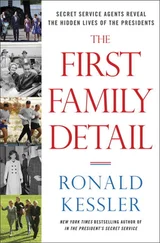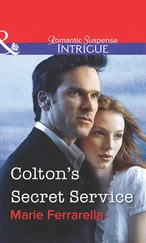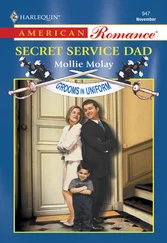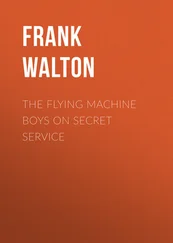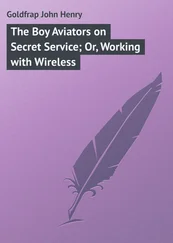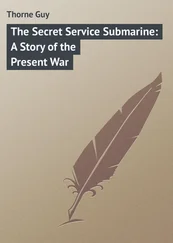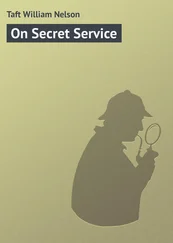At a press conference, Carter denied reports that White House aides had to ask him for permission to use the tennis courts. But that was more dissembling. In fact, even when he was traveling on Air Force One, Carter insisted that aides ask him for permission to play on the courts.
“It is a true story about the tennis courts,” says Charles Palmer, who was chief of the Air Force One stewards. Because other aides were afraid to give Carter the messages asking for permission, Palmer often wound up doing it.
“He [Carter] approved who played from on the plane,” Palmer says. “Mostly people used them when he was out of town. If the president was in a bad mood, the aides said, ‘You carry the message in.’ On the bad days when we were having problems, no one wanted to talk to the president. It was always, ‘I have a note to deliver to the president. I don’t want him hollering at me.’”
Palmer says Carter seemed to relish the power. At times, Carter would delay his response, smugly saying, “I’ll let them know,” Palmer says. “Other times, he would look at me and smile and say, ‘Tell them yes.’ I felt he felt it was a big deal. I didn’t understand why that had to happen.”
Early in his presidency, Carter proclaimed that the White House would be “dry.” Each time a state dinner was held, the White House made a point of telling reporters that no liquor—only wine—would be served.
“The Carters were the biggest liars in the world,” Gulley says. “The word was passed to get rid of all the booze. There can’t be any on Air Force One, in Camp David, or in the White House. This was coming from close associates of the Carter family.”
Gulley told White House military aides, “Hide the booze, and let’s find out what happens.”
According to Gulley, “The first Sunday they are in the White House, I get a call from the mess saying, ‘They want Bloody Marys before going to church. What should I do?’ I said, ‘Find some booze and take it up to them.’”
“We never cut out liquor under Carter,” Palmer says. “Occasionally Carter had a martini,” Palmer adds. He also had a Michelob Light. Rosalynn—code-named Dancer—would have a screwdriver.
Lillian Carter, Carter’s own mother, contradicted her son’s claim. In a 1977 interview with The New York Times , she said that, even though the White House was officially “dry,” she managed to have a nip of bourbon every afternoon when she stayed there.
“She said one evening to one of the butlers, ‘I’m kind of used to having a little nip before going to bed. Do you think you could arrange to give me a little brandy each night?’” says Shirley Bender, the White House executive housekeeper.
When Vice President Walter “Fritz” Mondale visited Carter at Plains for the first time, Miss Lillian knocked on the door of a Winnebago the Secret Service was using as a command post.
“I opened the door, and there’s Miss Lillian standing there with a paper bag with two six-packs of beer in it,” says David Curtis, an agent on the Mondale detail.
“I’ve got something for the boys,” Lillian Carter said. “Don’t tell Jimmy.”
“I appreciate that, Miss Lillian, but we can’t accept that,” Curtis said.
When he was in the White House, Carter would regularly make a show of going to the Oval Office at five A.M. or six A.M. to call attention to how hard he was working for the American people.
“He would walk into the Oval Office at six A.M., do a little work for half an hour, then close the curtains and take a nap,” says Robert B. Sulliman, Jr., who was on Carter’s detail. “His staff would tell the press he was working.”
Another agent says that at other times, he could see Carter through the Oval Office windows dozing off in his desk chair while pretending he was working.
Carter claimed to the press that he was saving energy by having solar panels installed on the roof of the White House to heat hot water. “It would not generate enough hot water to run the dishwasher in the staff mess,” Cuff says. “It was a fiasco. The staff mess had to go out and buy new equipment to keep the water hot enough. That blew any savings.”
Carter even tried to cut back the crew on Air Force One.
“Air Force One is an airplane, and you need a minimum number of people to fly it,” Cuff notes. “You have to have a pilot, copilot, and others. They never understood that. The presidential pilot and the vice chief of staff of the air force had to argue with them.”
Carter found out that after a catering company put on parties at Blair House for foreign dignitaries, instead of throwing away any leftovers as it normally would, the company would offer the food to Secret Service agents standing post.
“The guys were working shifts of twelve to fourteen hours a day,” a former agent says. “Sometimes you could not break away to get food.”
Carter insisted that the catering firm figure out the cost of the extra food and charge agents for the leftovers they ate in the future, the former agent says.
Gulley the head of the military office, says Carter became so involved in micromanaging the White House that he would veto the replacement of carpets.
“He wouldn’t allow them to change the carpeting where the public went through the White House,” Gulley says. “The White House looked like a peanut warehouse when I left,” referring to Carter’s business enterprise. “Thousands of people pass through there, and it requires a high degree of maintenance. Carter himself got involved in that. It [the carpeting] was worn and dirty.”
Carter thought of himself as a better runner than his Secret Service agents and would challenge them to races. The Secret Service began assigning its best runners to his detail. One day at Camp David, Carter collapsed into the arms of an agent as he was trying to outrun them.
“He wasn’t in bad shape, but he never warmed up,” agent Dennis Chomicki says. “It was an exceptionally hot day, and he took off real fast and kind of burned himself out. He basically lost it.”
On another occasion, agents warned Carter that cross-country skiing at Camp David would be dangerous because there was not enough snow on the ground and there were a lot of bare spots. Carter ignored the advice.
“Yeah, okay, I’ll decide on that,” Carter said, according to agent Chomicki.
“He went out, and sure enough, he fell on his face and broke his collarbone,” Chomicki says.
In Washington, the Secret Service tried to find secluded routes so Carter could run. One beautiful fall morning, Carter went running on the towpath along the C&O Canal. He planned to run from Key Bridge to Chain Bridge, then back to Fletcher’s Boat House, where Secret Service agents had been instructed to wait in their vehicles to pick him up. Because of a miscommunication, when Carter and his detail got to the boathouse, agents were nowhere to be seen.
Stephen Garmon, the detail leader, and other agents had been following Carter on bicycles. Garmon, who later became deputy director of the Secret Service, tried to radio to the Secret Service vehicles, but his transmission was not getting through.
“The president said he was getting cold,” Garmon recalls. “I asked if he would mind running back to Key Bridge, and we could flag a cab if necessary. Then I saw a pay phone, but I didn’t have any change.” Garmon decided to try calling the 911 emergency number. Identifying himself as a Secret Service agent, he asked to be connected to the White House Communications Agency switchboard.
“The 911 operator connected me, and I was able to communicate to the vehicles so agents would pick us up,” Garmon says.
Besides seeing what presidents and first families are really like, Secret Service agents get to see the real face of the White House political staff. When Carter was meeting with Israeli Prime Minister Menachem Begin and Egyptian President Anwar el-Sadat at Camp David, former agent Cliff Baranowski heard a strange noise in the woods around midnight.
Читать дальше

